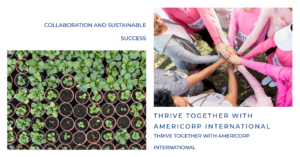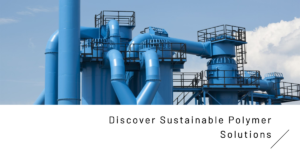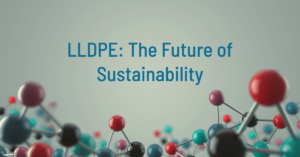Table of Contents
- Introduction
- Sustainable Feedstocks
- Sustainable Processes
- Sustainable Products
- Sustainable Practices
- Challenges and Opportunities
- Conclusion
- Additional Resources
1. Introduction
The polymer industry, a cornerstone of the global economy, is actively addressing sustainability challenges. Traditional manufacturing processes often rely on fossil fuels and generate substantial waste. This guide explores sustainable approaches in polymer manufacturing, emphasizing eco-friendly alternatives.
2. Sustainable Feedstocks
Bio-based Polymers
Derived from renewable sources like plants and bacteria, bio-based polymers offer a sustainable alternative to petroleum-based counterparts.
Recycled Polymers
Utilizing recycled polymers reduces reliance on virgin resources and helps divert waste from landfills.
CO2-based Polymers
These polymers use captured carbon dioxide, contributing to reducing greenhouse gas emissions.
3. Sustainable Processes
Continuous Polymerization
Compared to traditional batch polymerization, continuous polymerization enhances energy efficiency and reduces waste.
Solvent-free Polymerization
Eliminating solvents significantly reduces environmental impact during polymer production.
Supercritical Fluid Processing
This technology employs supercritical fluids as alternatives to traditional solvents, providing an environmentally friendly option.
4. Sustainable Products
Biodegradable Polymers
These polymers decompose naturally, addressing the issue of plastic pollution.
Compostable Polymers
Suitable for composting with organic matter, creating valuable soil amendments.
Recyclable Polymers
Designing polymers for easy recycling contributes to closing the loop on the plastic lifecycle.
5. Sustainable Practices
Life Cycle Assessment (LCA)
Assessing the environmental impact of polymer products throughout their lifecycle, from extraction to end-of-life disposal.
Ecodesign
Designing products with environmental considerations, using recycled materials, and facilitating disassembly and recycling.
Green Supply Chain Management
Collaborating with suppliers to ensure sustainable practices throughout the supply chain.
6. Challenges and Opportunities
Challenges
- Need for New Technologies: Developing sustainable technologies demands significant investment.
- Economic Considerations: Sustainable polymers may be more expensive initially.
- Public Awareness: Consumer understanding and willingness to pay a premium for sustainable products.
Opportunities
- Growing Demand: Increasing consumer interest in sustainable products.
- Government Support: Favorable policies promoting sustainable product development.
- Technological Advancements: Ongoing innovations making sustainable polymer production more efficient and affordable.
7. Conclusion
The transition to a sustainable polymer industry is crucial for environmental protection and long-term viability. By adopting eco-friendly approaches, the polymer industry can lead the way to a sustainable future.
8. Additional Resources
Explore these additional resources for a deeper understanding of sustainable practices in the polymer industry:
- American Chemistry Council’s Sustainability Initiative
- European Association of Plastics Manufacturers’ Sustainability Charter
- World Business Council for Sustainable Development’s Plastics Vision 2050








